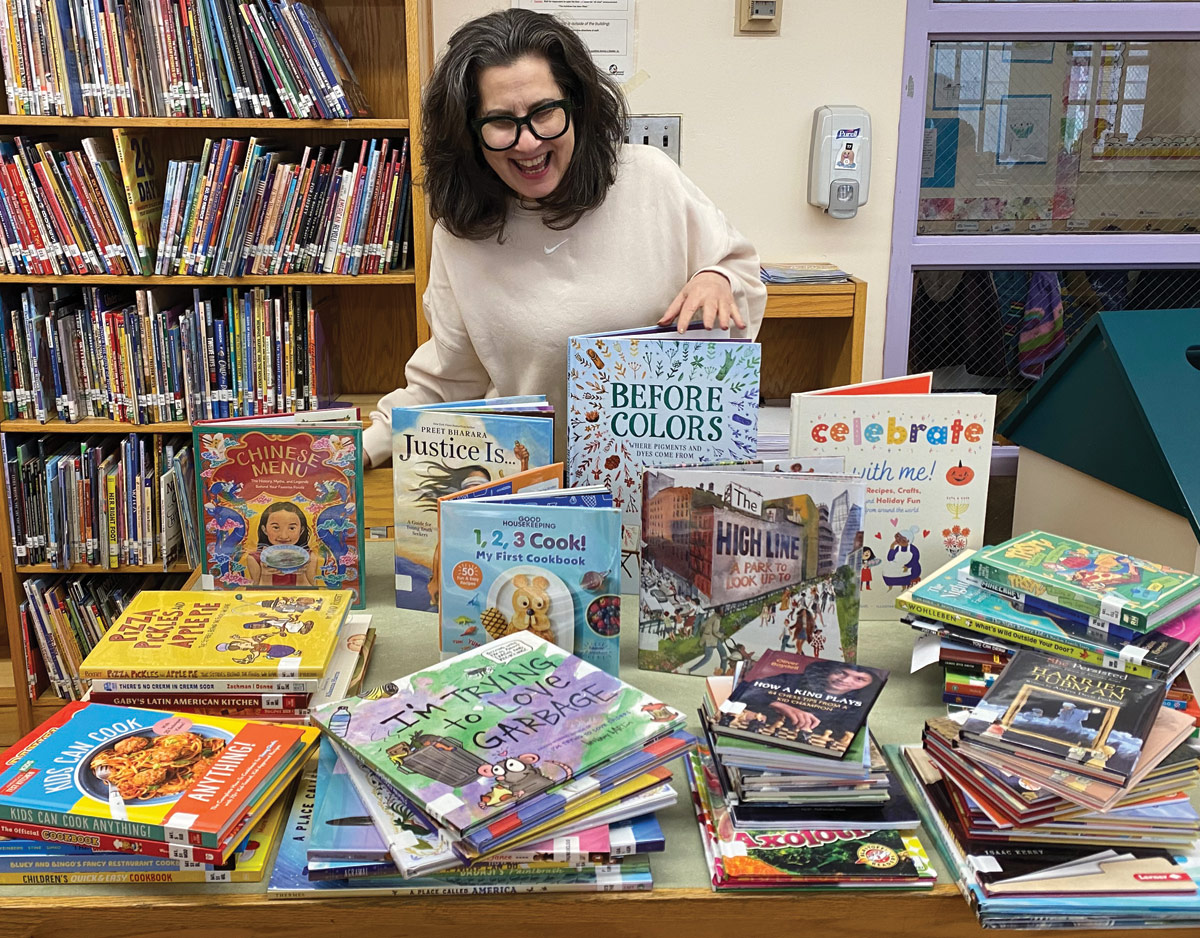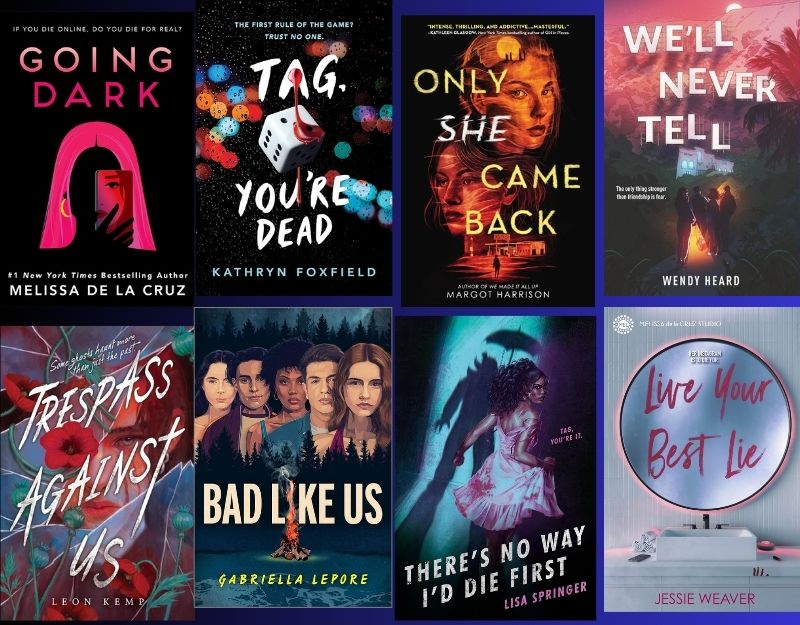SCROLL DOWN TO READ THE POST
On teens, their phones & shifting communications landscapes (new from Pew)
This week Pew Research Center released Teens, Social Media & Technology Overview 2015, a report that should have relevance to all of us who work with young people. Unlike Pew’s previous surveys, which involved representative samples of teens interview by phone, this one was conducted online.
These data are useful for us in deciding how we reach the young people we love and in understanding how they themselves manage their lives online.
Author, Amanda Lenhart opens the document with a statement on the prevalence of social media in teen’s lives: 24% of teens go online “almost constantly,” facilitated by the widespread availability of smartphones.
ADVERTISEMENT
ADVERTISEMENT
Here’s a summary of key findings:
Where do they hang?
The researchers noted that teens are diversifying–71% of teens use more than one social network site. While we see frequent reports of its waning popularity, Facebook continues to be the most used social media site among American teens ages 13 to 17, with 71% of all teens using the site; half of the teens surveyed use Instagram; four-in-ten use Snapchat.
Facebook users typically have 145 friends. The typical teen Instagram user has 150 followers in his or her network. The typical teen Twitter user has 95 followers. One third of teens use Google+. Because schools have been adopting Google apps, many teens use Google tools in and out of school for school-related work. One quarter of teens, and even more girls, use Vine to share short videos. And on in seven teens, and even more girls use Tumblr, the microblogging/curation platform.
Boys vs. Girls
Boys visit Facebook more often than girls (45% of boys vs. 36% of girls). You are more likely to find your girls on Instagram (23% of girls vs. 17% of boys) and Tumblr (6% of girls compared with less than 1% of boys).
Girls dominate social media; boys are more likely to play video games
Girls demonstrate a preference for sharing on visually-oriented platforms. They are heavier users of text messaging, and platforms like Instagram, Snapchat, online pinboards–like Pinterest and Polyvore–and Tumblr and Vine. Boys are more likely to own gaming consoles and play video games.
Speaking of Gaming
It’s serious. Nearly three quarters of teens use their phones to play video games: 84% of boys, 59% of girls. Gaming is an activity that evenly crosses the socio-economic spectrum.
Ethnic/racial preferences
Interestingly, African-American and Hispanic youth report more frequent internet use than white teens. Among African-American teens, 34% report going online “almost constantly” as do 32% of Hispanic teens, while 19% of white teens go online that often. Hispanic and African-American youth have somewhat less access to desktops, but African American teens have greater access to smartphones than their Hispanic or white counterparts.
The survey found that minority youth are more likely to use text messaging apps on their phones. Hispanic teens are more likely use Google+ than white teens. And gaming is more popular among African American teens than their white or Hispanic counterparts.
Haves and Have-Nots
Teens from lower-income households (earning less than $50,000) are more likely (49%) to use Facebook most, as opposed to 37% of teens coming from families earning more than $50,000. More affluent teens are more likely to visit Snapchat. The wealthiest teens are most likely to use Twitter.
Mobile phones
A whopping 88% of American teens have or have access to a mobile phone, with a majority (73%) having smartphones and more African American teens more likely than other ethnic or racial groups to own a smartphone.
Texting
ADVERTISEMENT
ADVERTISEMENT
The texting landscape has changed. 91% of teen cell owners text either directly through phones or through an app or a website. One third of teens with cell phones use apps like Kik or WhatsApp. These apps are more likely to be used by Hispanic and African-American youth, as well as teens from lower-income families.
The number of texts either sent or received on a typical day is 30, with that number higher for girls. Older girls, ages 15 to 17, exchange a median of 50 messages daily. Teens from higher-earning families are more likely to text than those from lower-income families.
Q and A platforms
Girls are more likely than boys to use anonymous question and answer or confession sharing apps Whisper, Yik Yak and Ask.FM. 11% of teens with cell phones engage in these activities. Hispanic teens are nearly twice as likely as white teens to use these platforms,
Video Chat
Nearly half of teens engage in video connections, using such platforms as: Skype, Oovoo, Facetime and Omegle, with older girls being the most enthusiastic chatters and Hispanic teens engaging a bit more than white video chatters.
While this new research document shares the what and the who of use, exposing interesting ethnic, gender and age differences, it inspires so many more questions for me.
The data collected do not address: the how:
How do young people use social media to attack work flow?
And then there are the why and the which:
Which platforms do our students use for which information and communication tasks?
Filed under: Pew, research, social media, technology, teens
About Joyce Valenza
Joyce is an Assistant Professor of Teaching at Rutgers University School of Information and Communication, a technology writer, speaker, blogger and learner. Follow her on Twitter: @joycevalenza
ADVERTISEMENT
SLJ Blog Network
Name That LEGO Book Cover! (#59)
The Scourge of Upside Down Knitting Needles: 2024 Edition
Exclusive: Random House Graphic to Launch Global Comic Line Ink Pop | News
Lockdowns & Lockouts: Favorite Book Series Give Middle Grade Readers Shelter, a guest post by author Terri Farley
The Classroom Bookshelf is Moving
Gayle Forman Visits The Yarn!
ADVERTISEMENT
ADVERTISEMENT







